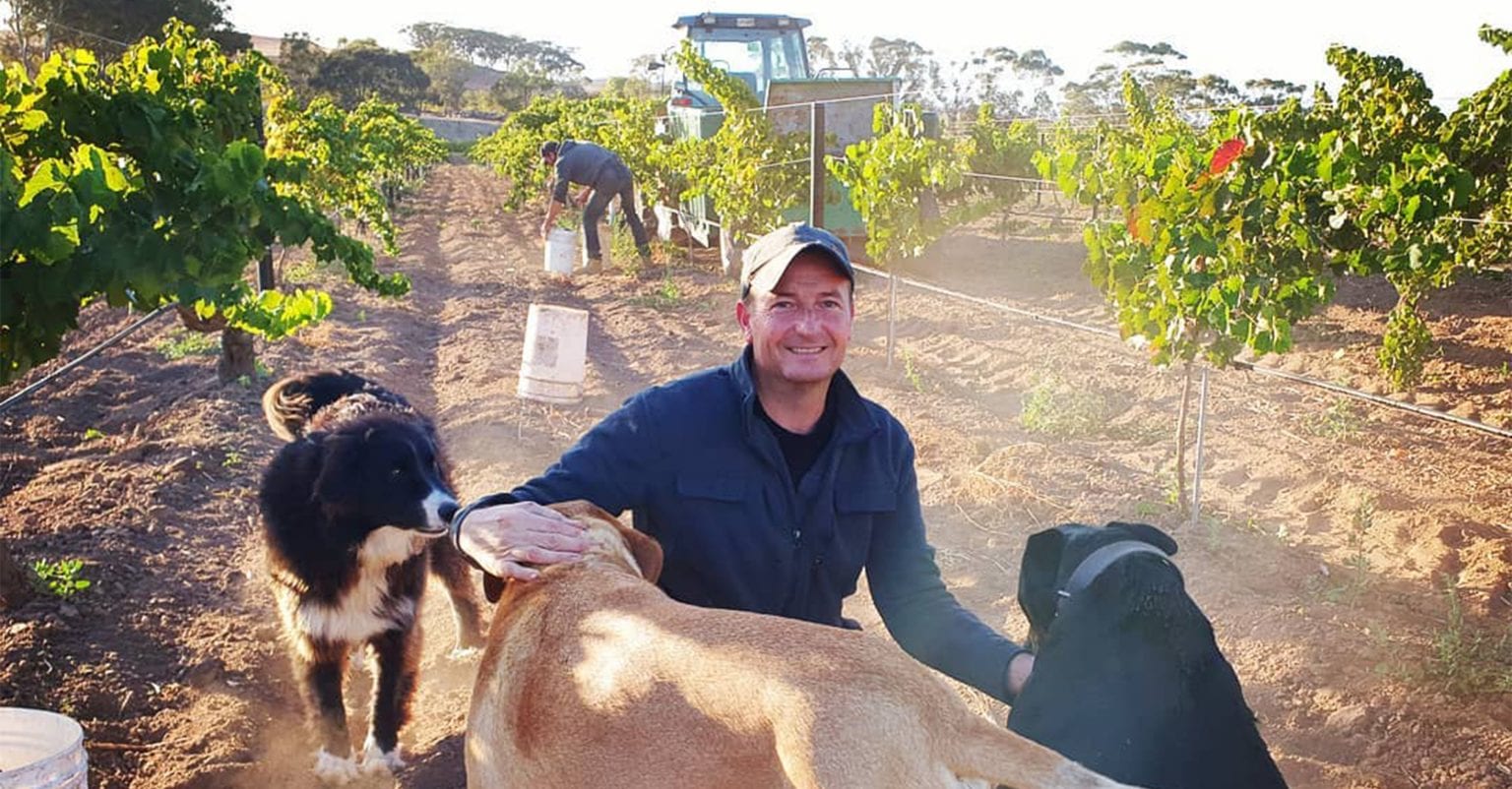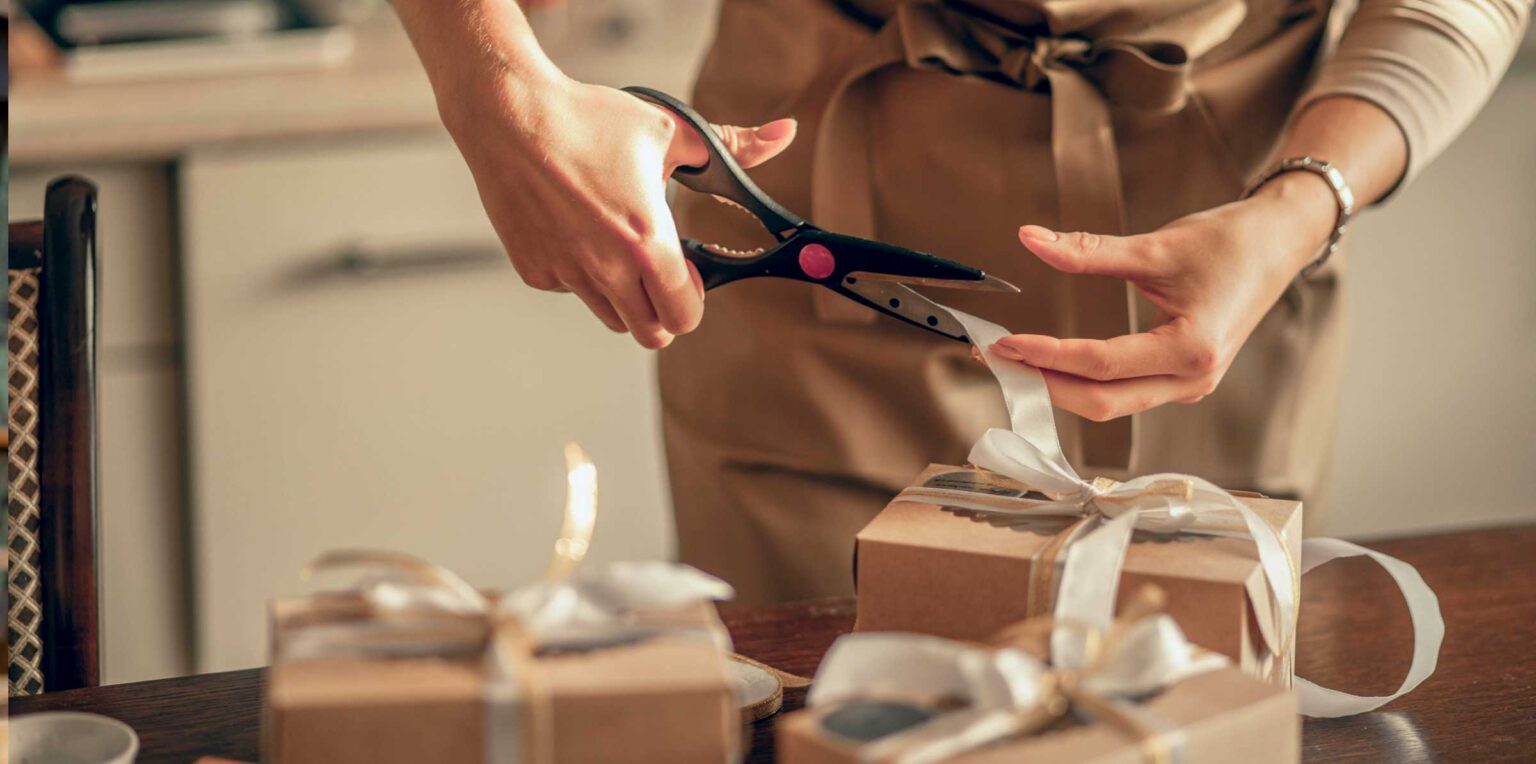When pandemic restrictions shut down Kalleske Wines’ cellar door experience, the small business needed to pivot quickly to replicate that experience online. The website became a gateway for customers to experience the best of Kalleske from home.
At a glance
Top tips for getting your website right:
- Set clear objectives about what you want your website to achieve and what metrics you’ll use to measure success.
- Know your audience. Spending time understanding your customer is critical.
- Be ready to fail fast. The faster you try and fail, the sooner you can adjust course and try different solutions.
- Don't set and forget. You will not get your website, software solution or digital marketing right the first time. Keep monitoring, testing and optimising.
- Don’t undervalue what your website is worth to your business.
Bringing the cellar door to the kitchen table
“As a small business, we were able to adapt fast when our cellar door shut down due to COVID-19,” says Michael Pratt, Brand Manager at Barossa Valley’s Kalleske Wines.
The website already functioned as the first port of call for customers wanting to know about Kalleske, and as an ecommerce site. But still, development had been on the horizon pre-pandemic. Like many businesses large and small, Kalleske sped up its digital plans in 2020.
“We’d been thinking about building a YouTube channel and introducing video content for a while,” says Michael. “The pandemic just pushed us to do it faster. We’d been unsure about what direction to take with videos but with the pandemic we realised that sharing in-depth information about individual wines combined with information about us as a brand was the best focus.”
“We’re not trying to replace conversations with digital content. We’re just making it easier to answer questions, especially at 8pm when a customer is cracking open a bottle and wants a bit more information about it but can’t call us on the phone. It’s all part of increasing and improving accessibility for our customers.”
Kalleske implemented the changes within a few days, sending out its first email to let customers know about their new ‘Bringing the cellar door to you’ campaign in March, as well as sharing the message on social media and its own website.
“We introduced packs of six or 12 bottles that could be accompanied by smaller tasting samples. Once purchased, a personalised link to a group of videos about the wines was sent to the customer. They could then watch the videos as they wished.”
When a cool idea meets customer demand
Kalleske also experimented with a premium experience – including a customised Zoom session – but follow-up sales tended to be lower. The idea, however, has promise in a market where customer preferences appear to have changed for good.
“We still do the customised sessions, but they’ve completely changed,” explains Michael. “We now conduct high-end events for corporate groups. They receive a tasting pack, our signature glasses and take-home bottles, and we run a tailored virtual cellar door experience for them. Coming up, we have an event with CEOs and GMs from around the country all dialling in. Previously, we would never have had all these people in a room together but now they are – albeit virtually.”
View this post on Instagram
Without the pandemic – the changed needs of customers under travel restrictions and lockdowns, and the changed attitudes around digital interaction that’s looking likely to outlast the threat of COVID, Kalleske wouldn’t have developed this option.
“The customer demand for it wasn’t there before the pandemic,” Michael explains. “And that’s why we do it – because it’s a good business decision, not because it’s just a cool idea.”
Improving accessibility by introducing vintage to video
Prior to the pandemic, Kalleske had been receiving feedback from cellar door staff that they needed to be able to share more information with customers about changes in vintage.
“It’s always a key question,” says Michael. “Customers want to know what the difference is between our latest vintage and the previous one. So we did some internal training where our winemaker would come and talk to the staff about it.”
In 2020, the team saw an opportunity to reach more customers directly with this information – recording these training sessions was the start of Kalleske’s YouTube channel.
“We’re not trying to replace conversations with digital content,” says Michael. “We’re just making it easier to answer questions, especially at 8pm when a customer is cracking open a bottle and wants a bit more information about it but can’t call us on the phone. It’s all part of increasing and improving accessibility for our customers.”
And the customers were certainly out there. Kalleske saw a 107% increase in online sales in 2020 compared to 2019.
“We got quite a few new customers over the pandemic,” says Michael. “People responded to the push to buy local. They also had more time to do research – that Kalleske is organic and biodynamic is a big factor for a lot of people.”
How small businesses can evolve their websites for the ‘new normal’
“Your website will likely be the most fundamental of all your marketing pillars,” says Anthony Colfelt, owner of Handmade Web & Design. Here he shares some tips for getting your website right:
- Just because you’re used to things being a certain way doesn’t mean they have to continue that way. Wherever there is an inconvenience, there could be an opportunity to innovate with digital solutions.
- Make it useful and usable. Your customer should find it easy to get what they need from it.
- Make it delightful and engaging. Customers make judgements fast – give them a good reason to stay on your website.
- Maintain and update your website with timely, relevant offers and new content.
As Kalleske found, changes in customer behaviour are set to continue in a post-pandemic world, so digital transformation will remain a priority for small businesses wanting to succeed in the ‘new normal’. The evolution of successful websites will be critical to that transformation.
Speak with one of our small business lending specialists about how a Prospa Small Business Loan could help you meet your customers’ new expectations for digital experiences.








